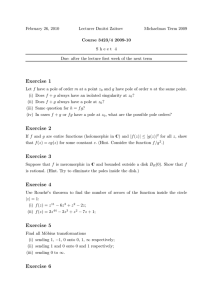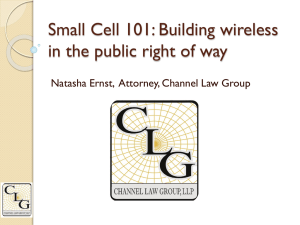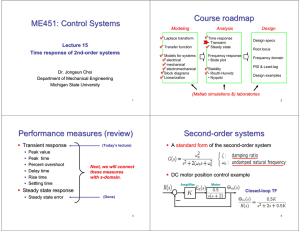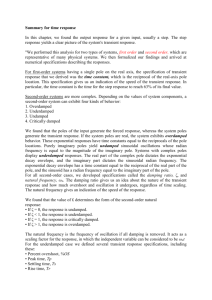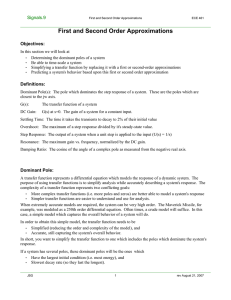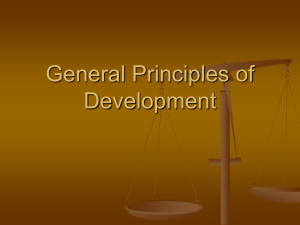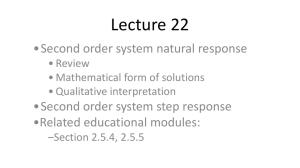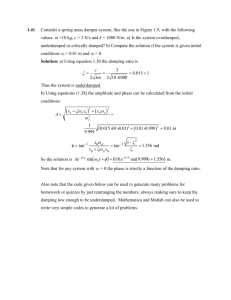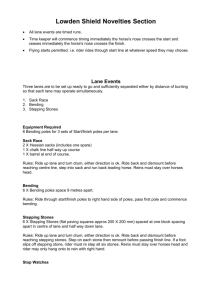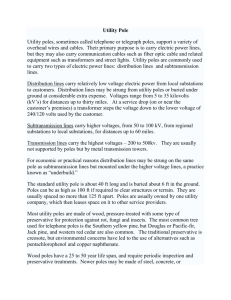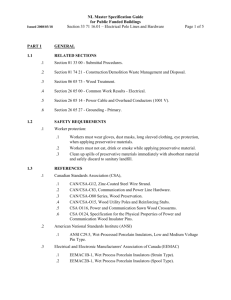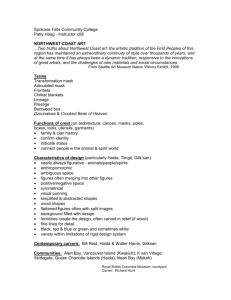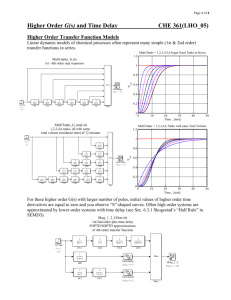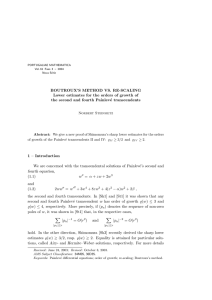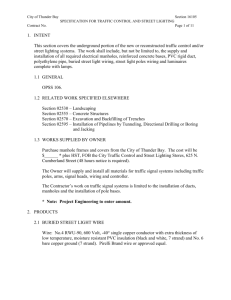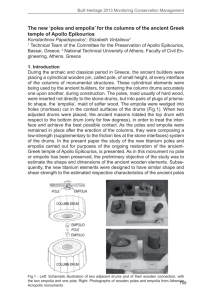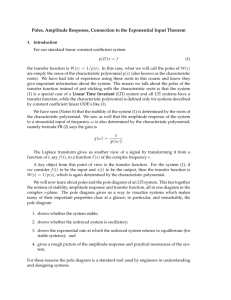docx
advertisement
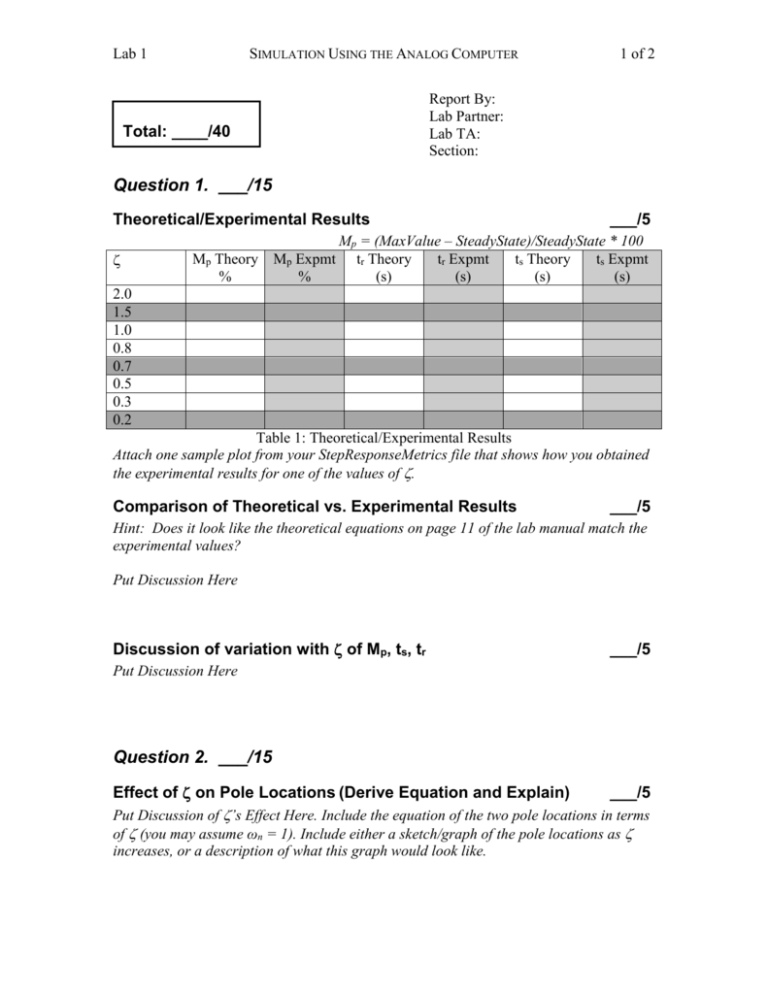
Lab 1 SIMULATION USING THE ANALOG COMPUTER 1 of 2 Report By: Lab Partner: Lab TA: Section: Total: ____/40 Question 1. ___/15 Theoretical/Experimental Results Mp Theory % Mp Expmt % ___/5 Mp = (MaxValue – SteadyState)/SteadyState * 100 tr Theory tr Expmt ts Theory ts Expmt (s) (s) (s) (s) 2.0 1.5 1.0 0.8 0.7 0.5 0.3 0.2 Table 1: Theoretical/Experimental Results Attach one sample plot from your StepResponseMetrics file that shows how you obtained the experimental results for one of the values of . Comparison of Theoretical vs. Experimental Results ___/5 Hint: Does it look like the theoretical equations on page 11 of the lab manual match the experimental values? Put Discussion Here Discussion of variation with of Mp, ts, tr ___/5 Put Discussion Here Question 2. ___/15 Effect of on Pole Locations (Derive Equation and Explain) ___/5 Put Discussion of ’s Effect Here. Include the equation of the two pole locations in terms of (you may assume ωn = 1). Include either a sketch/graph of the pole locations as increases, or a description of what this graph would look like. Lab 1 SIMULATION USING THE ANALOG COMPUTER 2 of 2 Effect of Pole Locations on Mp, ts, tr for an Underdamped System ___/5 Hint: An underdamped system has ____ As increases, the poles do____ which makes Mp, ts, tr do _______ (Double Hint: moving the poles causes two different effects on ts) Effect of Pole Locations on Mp, ts, tr for an Overdamped/Critically Damped System ___/5 Hint: An over-damped system has ____ A critically damped system has ____ As increases, the poles do____ which makes Mp, ts, tr do _______ Question 3. ___/10 Investigate the effects of approximating an overdamped 2nd order system with a 1st order system. The approximation will be done by using a transfer function with only the pole that is closer to the origin, pmin. p1 p2 pmin H1 ( s ) H 2 (s) ( s p1 )( s p2 ) s pmin Similarities/Differences on Overdamped 2nd-Order system to a 1stOrder System with the less negative of the 2nd-Order’s poles ___/6 Plot the step responses for the 2nd order systems and their 1st order approximations for = 1.5, = 5, and = 40. Assume ωn = 1. How are the step responses of the 1st order approximations similar to and different from the step responses of the original 2nd order systems? Effect of magnitude of on the accuracy of the approximations ___/4 How does affect the accuracy of the 1st order approximations? Attachments (3) Plots obtained during lab Sample response with relevant points for calculating Mp, ts and tr marked Step Responses comparing 2nd order systems and 1st order approximations
